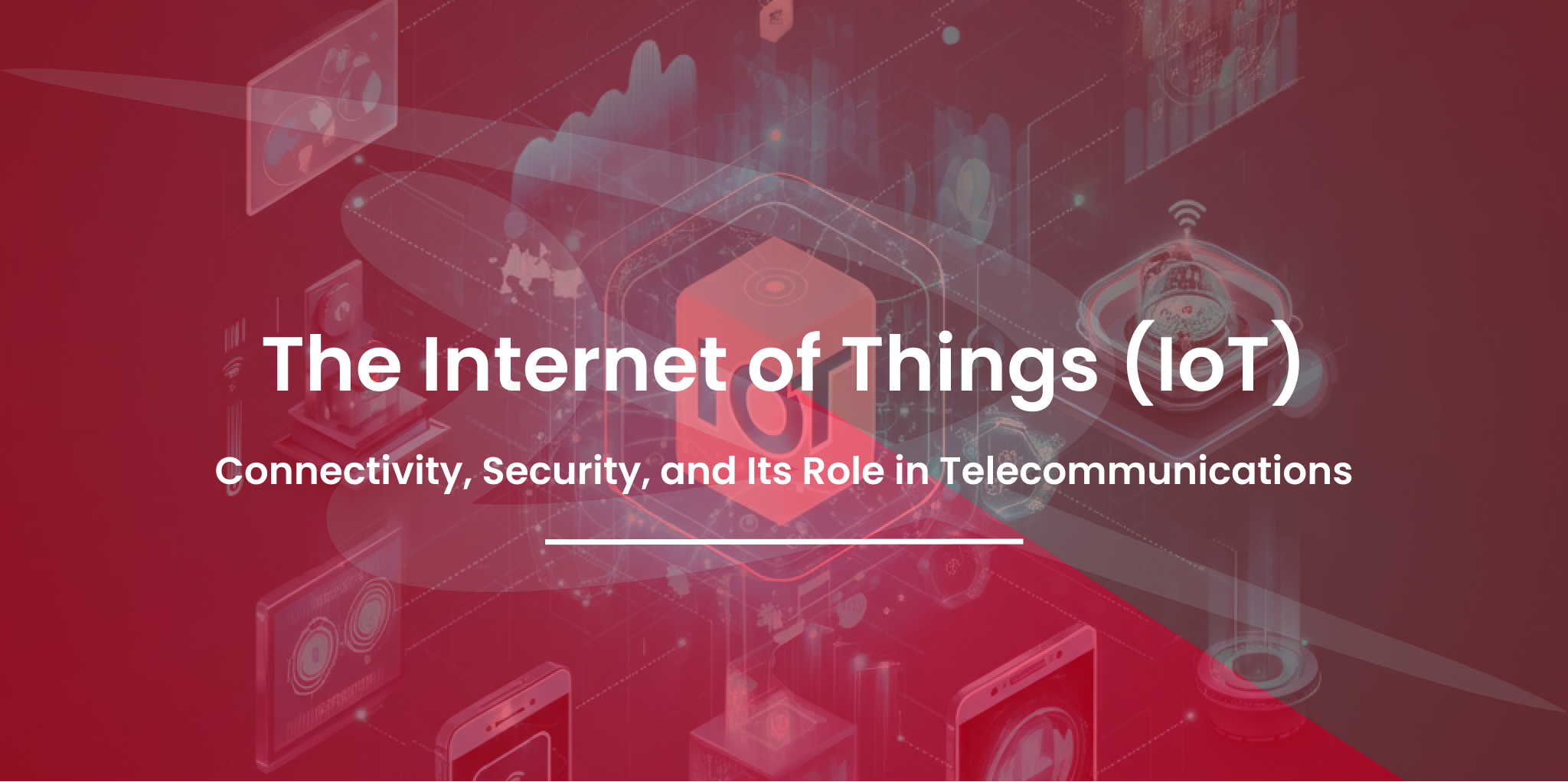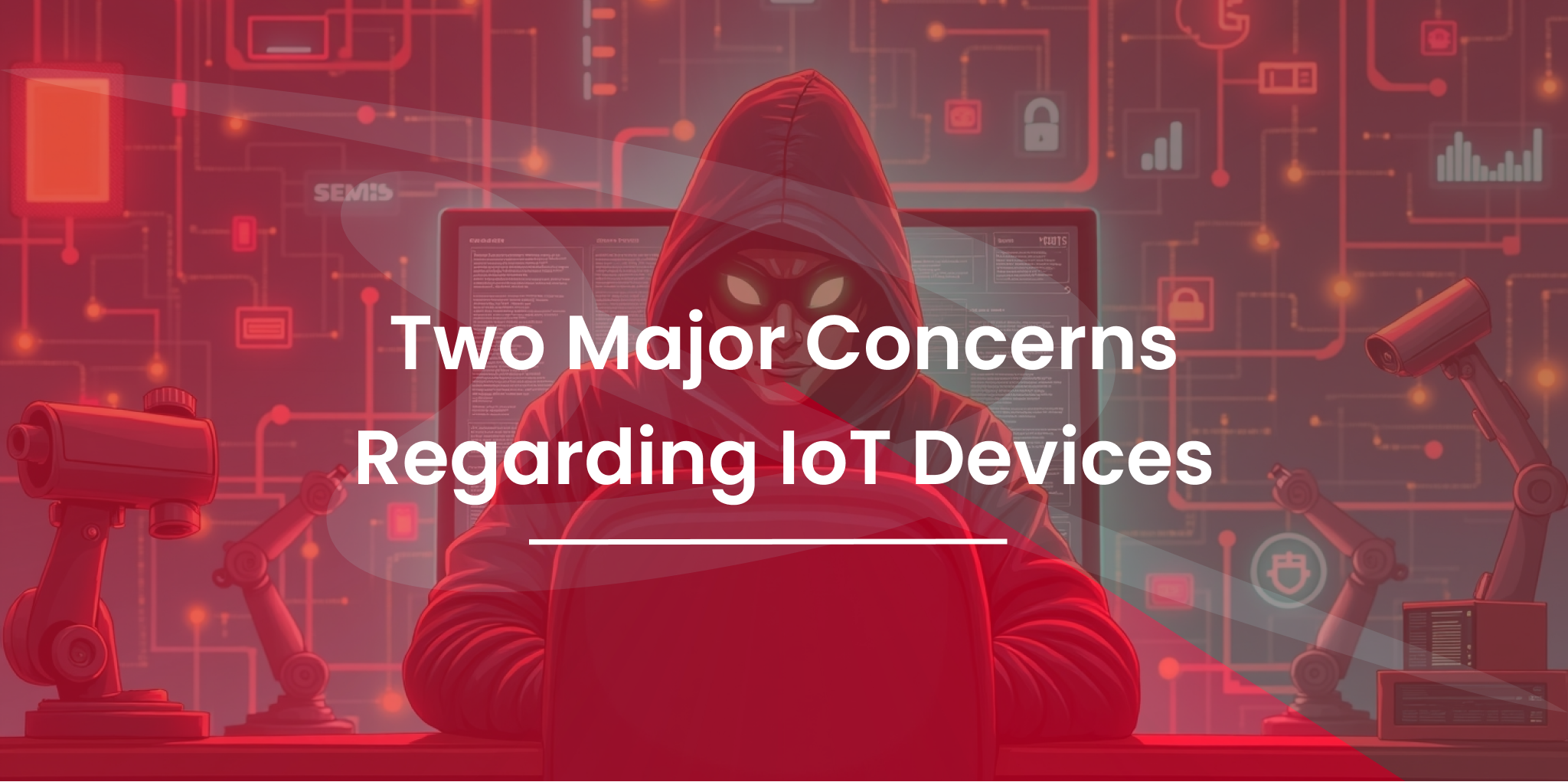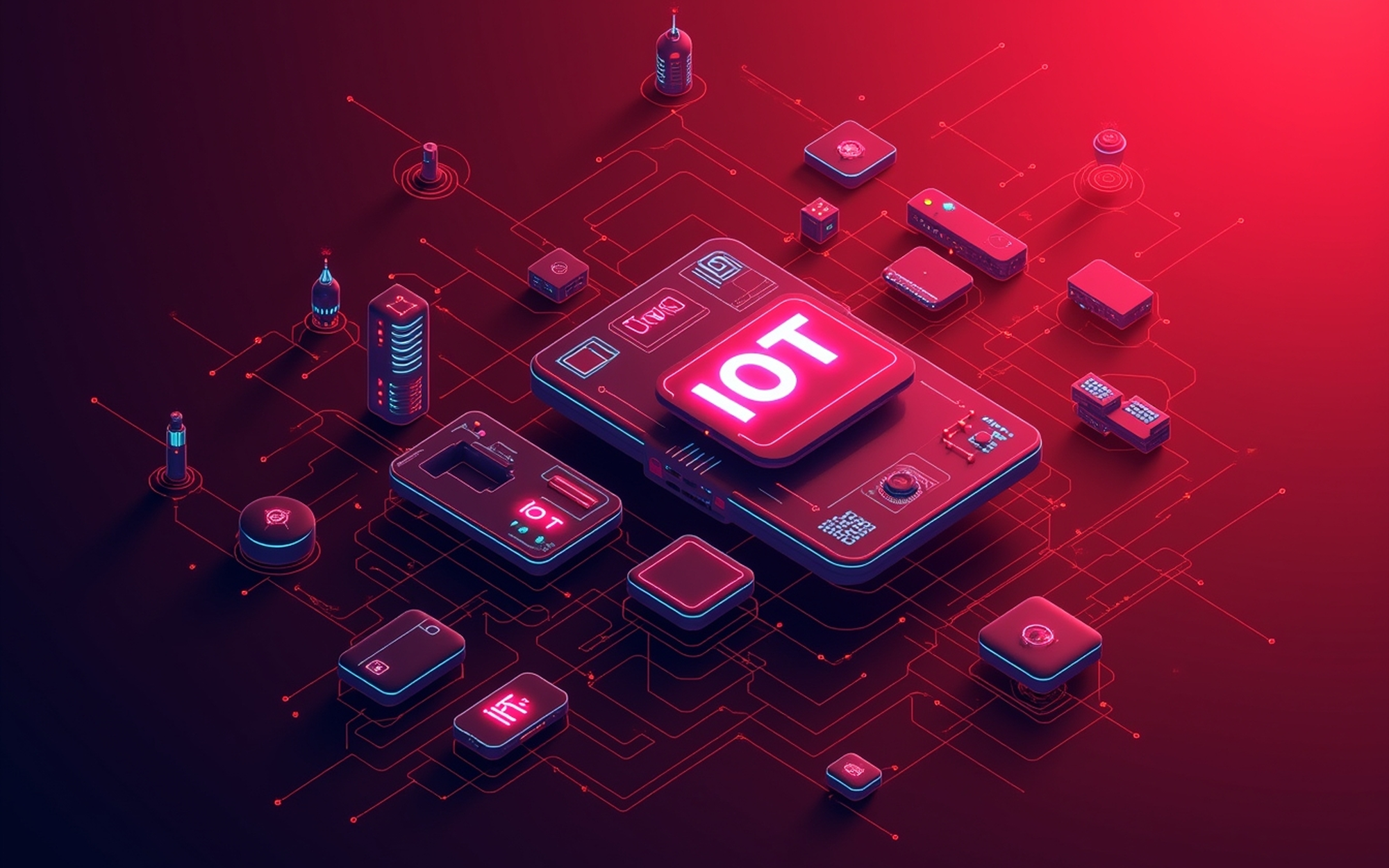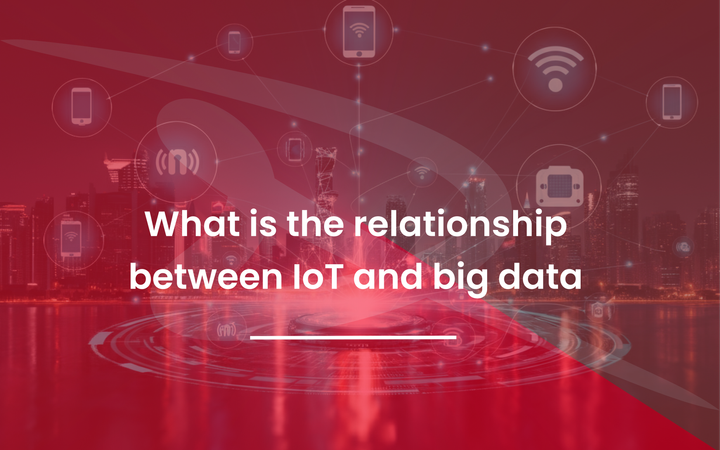The Internet of Things (IoT) Connectivity, Security, and Its Role

Introduction to IoT
The Internet of Things (IoT) has become a game-changer in today's technology landscape. By connecting devices and enabling seamless communication between them, IoT has unlocked incredible advancements across industries. From smart home automation to enhancing manufacturing processes, IoT continues to reshape the way we live, work, and interact with technology.
But with vast opportunities come significant challenges, particularly around security and connectivity. For business leaders, tech enthusiasts, students, and IT professionals, understanding IoT's potential—and its pitfalls—is essential.
This blog will take you through an in-depth look at IoT, discussing its applications, concerns, and the underlying systems that make it work. We’ll also explore how IoT intersects with telecommunications and why securing these networks is more crucial than ever.
What is the Internet of Things (IoT)?
IoT refers to a network of physical devices—appliances, vehicles, and more—connected via the internet, enabling them to collect, share, and act on data. These devices are equipped with sensors, connectivity technologies, and automation tools to achieve goals like improved efficiency and real-time monitoring.
How IoT Works
- Sensors are the backbone of IoT, detecting changes in the environment like temperature, motion, or location.
- Connectivity protocols such as Wi-Fi, Bluetooth, or Zigbee enable communication between devices.
- Automation ensures that connected devices can analyze incoming data and perform specific actions without requiring manual intervention.
Growth and Impact of IoT in Various Industries
IoT in Healthcare
IoT has transformed healthcare with innovations like remote patient monitoring and wearable devices that track vital signs. For example, smart wearables alert patients and providers to irregular heart rates, preventing potential medical emergencies.
IoT in Smart Homes
From thermostat adjustments to security surveillance, IoT-powered smart homes offer convenience and safety. Devices like smart locks and cameras provide homeowners with peace of mind by offering remote control and monitoring features.
IoT in Manufacturing
Industrial IoT (IIoT) optimizes manufacturing processes via predictive maintenance. By analyzing equipment data, IIoT helps anticipate malfunctions, reducing downtime and saving costs.
IoT in Agriculture
IoT supports sustainable farming through smart irrigation systems and crop monitoring. Sensors collect soil moisture and weather data to optimize water usage and improve crop yields.
Two Major Concerns Regarding IoT Devices

Security Vulnerabilities and Cyber Threats
IoT devices are a prime target for hackers due to weak passwords, outdated firmware, and a lack of robust encryption. Common threats like DDoS attacks and data breaches put businesses and individuals at risk. Implementing secure communication protocols and encryption can mitigate such vulnerabilities.
Privacy Issues and Data Protection
The collection and sharing of sensitive data by IoT devices raise significant privacy concerns. Unauthorized access to user data is a growing issue, often exacerbated by non-compliance with regulations like GDPR or CCPA. Strengthening data privacy controls and ensuring compliance can help curb these risks.
Four Primary Systems of IoT Technology

- Sensing Layer (Data Collection):
Sensors (e.g., temperature, motion, and humidity) act as the first point of data collection in IoT devices. - Network Layer (Communication):
This layer facilitates data transfer using protocols like Wi-Fi, Bluetooth, and Zigbee. Telecommunication providers often play a role here, ensuring seamless device connectivity. - Data Processing Layer (Computation):
AI and machine learning process vast amounts of data collected by IoT devices, enabling real-time analysis and decision-making. - Application Layer (User Interaction):
This is where users interact with IoT systems through apps or dashboards. Whether controlling smart home devices or managing industrial workflows, this layer bridges human interaction and IoT technology.
What is IoT Monitoring?
Definition and Importance
IoT monitoring ensures that devices operate efficiently, securely, and reliably. By analyzing performance metrics through dashboards and analytics tools, businesses can address inefficiencies and security issues.
Use Cases of IoT Monitoring
- Healthcare: Monitoring patient vitals remotely.
- Manufacturing: Tracking equipment condition to prevent breakdowns.
- Smart Cities: Optimizing traffic flow and monitoring pollution levels.
Do IoT Devices Have Firewalls?

Firewalls as a Protective Layer
Firewalls—both hardware- and software-based—add an additional layer of protection for IoT networks. They filter malicious traffic, prevent unauthorized access, and segment networks for improved security.
How to Control IoT Devices
Remote Control Methods
IoT devices can be controlled via mobile apps, web-based dashboards, or voice assistants like Alexa and Google Assistant.
Role of Automation and AI
AI enables automated responses by predicting user behavior. For instance, a thermostat might adjust based on historical temperature preferences.
Security Considerations
Implementing two-factor authentication (2FA) and biometric access can secure IoT control systems against unauthorized access.
IoT Telecommunications
The Role of Telecom Networks in IoT
Telecommunications providers are pivotal to IoT connectivity, ensuring low-latency and stable networks.
5G and Its Impact on IoT
5G networks enhance IoT scalability, enabling real-time data sharing and supporting massive device deployments. The low latency of 5G makes it ideal for applications like autonomous vehicles and smart city infrastructure.
Internet of Things Data Analysis
How IoT Generates and Processes Data
IoT devices continuously collect data, which can be processed in real time or in batches. Data analysis allows businesses to draw actionable insights for improved operations.
AI and Machine Learning in IoT Analytics
- Predictive Maintenance: Anticipating equipment failures in industries.
- Traffic Optimization: Improving traffic flow in smart cities.
- Personalization: Offering tailored recommendations in smart homes.
What is IoT Connectivity?
Key Technologies Enabling IoT
IoT gateways, cloud platforms, and APIs allow devices to communicate efficiently within IoT networks.
Challenges in IoT Connectivity
Network congestion and interference can hinder IoT performance. Solutions like optimizing bandwidth and ensuring high availability are critical.
IoT in the Telecom Industry
How Telecom Companies Are Leveraging IoT
From deploying IoT-powered smart meters to monitoring infrastructure in real time, telecom companies are at the forefront of IoT innovation.
Future Trends in Telecom-IoT Integration
The rise of 5G networks will continue to support IoT advancements, including smart city developments and autonomous vehicle networks.
Driving IoT Innovation Forward
The Internet of Things holds the potential to revolutionize entire industries, but challenges like security risks and connectivity hurdles remain. By addressing these issues, businesses can harness the full power of IoT to boost efficiency and gain a competitive edge.
Looking ahead, advancements in AI, 5G, and edge computing will only enhance IoT’s capabilities, ensuring it remains a cornerstone of the technological future.


Comments ()